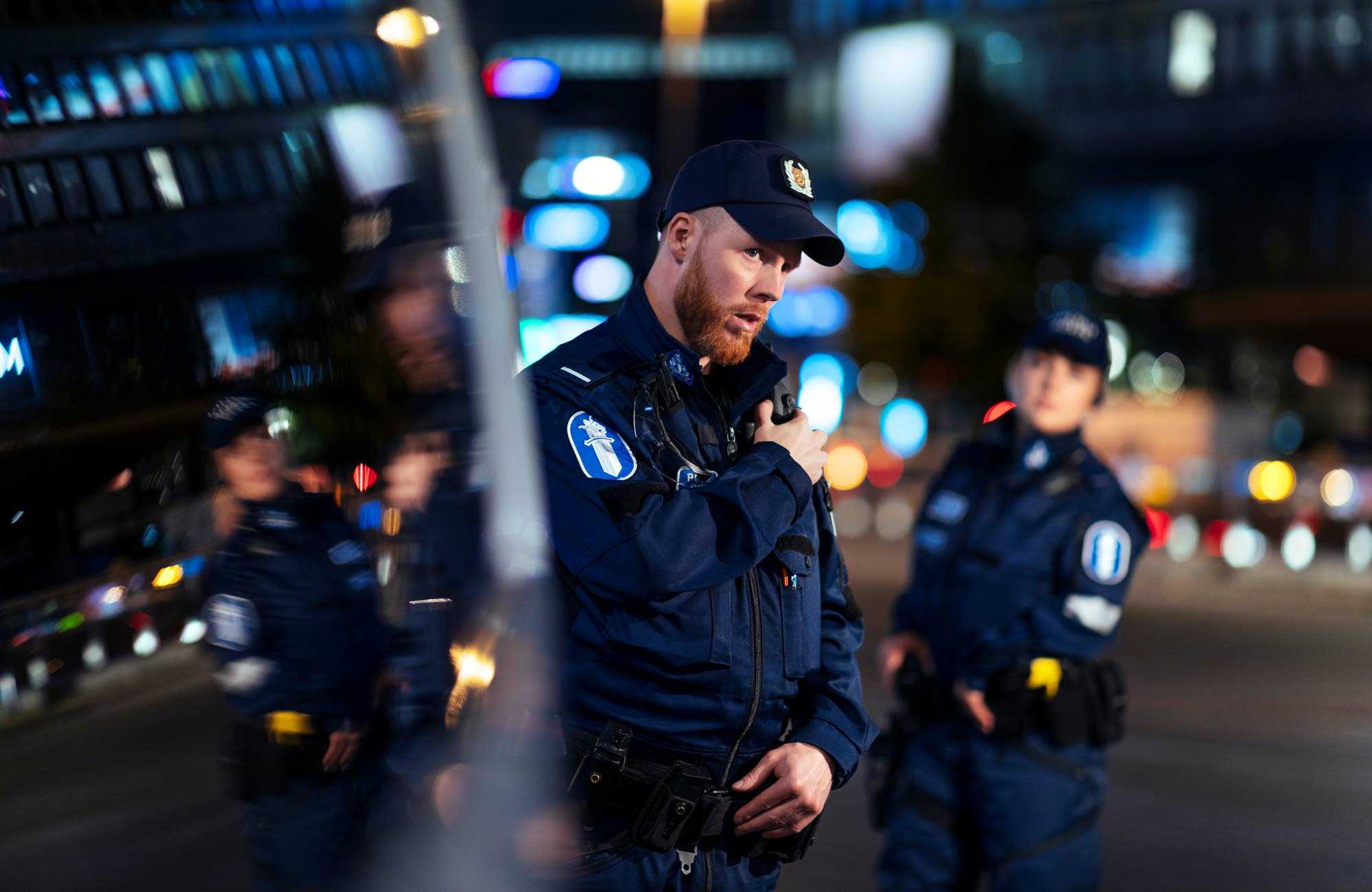Judged by feedback often obtained, many people have the impression that the Police traffic control operations have significantly decreased in quantity and quality after the National Traffic Police was abolished.
In public debates and discussion, this notion is often seen as the downright reason for the traffic safety situation not developing as rapidly as, for example, in Sweden and Norway which are the world’s top countries in this respect.
However, the development of the Police traffic controls and its direct impact on the traffic safety are not quite so straightforward.
Number of young people dying in traffic is excessive
The Finnish traffic safety is at a better level than ever before but we are still lagging behind our neighbours Sweden and Norway as far as the trend is concerned.
Every year, over 200 people die in crashes and several hundred are seriously injured. In proportion to the number of inhabitants, Sweden and Norway show figures that are almost half of ours. A disproportionate number of those dying in Finnish traffic are young, under 25 years of age.
Most of the crashes are caused by an interaction of several different factors. According to a research report by the Finnish Crash Data Institute (OTI), combinations of several risk factors were involved especially in the crashes with the most serious consequences. For example, the driver is at the same time speeding and drunk and seatbelts are not fastened.
These are factors that we can significantly impact through controls. But there are also very important safety issues which are, in practice, beyond the reach of the Police. For example, the age of the car pool, the condition of roads and other structural factors related to the ways and routes have a great impact on traffic safety.
When we make a Nordic comparison of the volume of Police controls which impact traffic safety, we must remember that the number of Police officers is far larger in Sweden and Norway, compared to Finland. Naturally, this has a bearing on the volume of controls and thereby also on traffic safety.
Traffic control steered by Police strategic objectives
The Police traffic controls are implemented under the steering of the National Police Board and in line with the strategic outlines issued by the Ministry of the Interior.
Control operations are intelligence and information led, and the resources are targeted at on factors that cause most danger to the traffic. The Police traffic control operations, in turn, follow the Police strategic objectives which are prevention, uncovering serious crime, cooperation and active communications.
Use of novel technologies is an integral element to increase operative efficiency and efficacy.
More controls mean more detected traffic crimes
There are many views on the Police control volumes, targets, performance methods and organisational structure.
When discussing these issues, it is important to remember that the number of Police officers is limited, and that is the number we are able to work with. We cannot afford using our personnel in extra administrative tasks. The available input must be targeted at operative work. This is how the current organisation has been built up.
It is in the nature of traffic infractions and crime that they are discovered as the Police does its detecting work. In simple terms, this means that the more we control, the larger the number of traffic crime and infractions that are uncovered, and traffic becomes safer. If we want to increase controls from the current levels, we need more staff.
In traffic control, communications is also performance capacity
Police traffic controls are versatile and focused on the central risks based on intelligence work. We have not necessarily been able to tell this clearly enough in the public discussion arenas.
Communications play an increasingly important role in Police operations. In her address to the Police Strategy Day, Maria Ohisalo, the Minister of the Interior said that communications is a capacity. This is also the case in traffic control. Indeed, we are committed to improving our communication capacity and performance.
Communications can help us improve the impact of our traffic safety work and improve the sense of safety by disseminating information of risks and our control work.
We collaborate with various authorities and organisations. The Police cooperates closely in communication issues with Traficom, Finnish Road Safety Council (Liikenneturva) and Finnish Crash Data Institute (OTI), and others. In the changing operating environment, we are also intensifying our collaboration with the organisations representing cyclists. The Police communicates actively and wants to be involved in public debates and discussions.
Traffic control plan 2021-2030
In 2019, the National Audit Office of Finland published a productivity audit report on Police traffic control operations. According to the report, the Ministry of the Interior should intensify the strategic and performance steering of traffic control and safety and to assess necessary traffic control development actions and the impact and efficacy of the operations.
Based on this recommendation, the Ministry of the Interior drafted a programme for Police traffic controls and traffic safety for 2021-2030. The programme will constitute a basis for the plan of action and development programme, to be prepared by the National Police Board.
This work has now been launched, and will result in the evaluation of the Police traffic control steering, operation, development and impacts in line with the Ministry programme. The plan will contribute to the objective of the EU and Prime Minister Sanna Marin’s Government programme to cut the number of traffic deaths to close to zero by the year 2050. The interim objective is to half the number of fatalities by the year 2030 (max 110 deaths in 2030 compared to 221 deaths in 2020).
Traffic safety is a core factor in overall safety
Traffic safety is a core issue in everybody’s everyday life, every single day. For the Police, traffic safety work is an important element of overall work to always safeguard everybody. The resources available to the Police are used according to plan and based on managed data, also in traffic safety work.
Hannu Kautto
Assistant Police Commissioner
National Police Board
Twitter @Hannu Kautto

